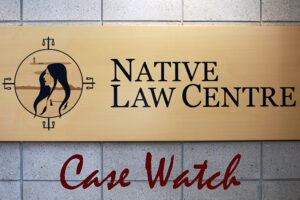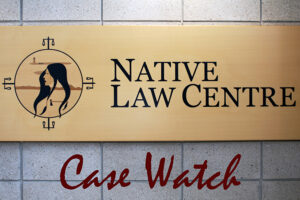The Arbitrator allowed a grievance filed on behalf of an instructor whose employment was terminated based on his inappropriate racist comments directed towards Indigenous people. While this conduct was found to have warranted a disciplinary response, the Arbitrator concluded termination was too severe in all the circumstances and ordered reinstatement with credit for a six-month unpaid suspension, compensation for lost wages, benefits, and seniority, and arrangements for the grievor to attend Indigenous Awareness Training.
The Saskatchewan Polytechnic Faculty Association [“SPFA”] filed a grievance on behalf of Wally Derow [“Grievor”] against Saskatchewan Polytechnic [“Employer”]. The Grievor’s employment was terminated in 2018 because of racist comments he had made towards Indigenous peoples.
The Grievor was an Instructor in SaskPoly’s Carpentry Program in Regina, Saskatchewan. An Indigenous student had sent an email to staff asking for donations for the SaskPoly’s Indigenous Student Holiday Hamper Appeal. The Grievor’s reaction including comments such as: “[h]ave we not given enough already. Be like the rest get jobs”; “taxpayers give enough, I work for what I have, they don’t work and get handouts”; “why can’t they get a job”; “we’ve given, all we’ve done is give”; and “you guys get free education – my son goes to university and he paid tuition and he says they don’t have to” and so on.
The Grievor, who at the time was 64 years old, testified that he had not attended SaskPoly’s Indigenous Awareness Training as of November 26, 2018. SPFA had advised the Grievor to expect some sort of discipline, but he did not expect to be terminated. He apologized after he was terminated because he felt remorse and had read further into the Truth and Reconciliation Commission. He explained that previously he thought residential schools were where people “learned our language so they could blend in, our culture, a trade, farming at the time” but realizes he was misinformed.
The Arbitrator determined that the Grievor is not alone in his misconceptions and misunderstandings, in consideration of the social context. Those misconceptions and misunderstandings which can give rise to prejudices on the basis of race have been developed over generations. Generations of non-Indigenous Canadians never received any education about Indigenous history, culture or experience. They know nothing about the Treaties. There is no question that racist attitudes exist because of misconceptions, misunderstanding and stereotyping. Generations of misinformation and lack of understanding cannot be wiped away in a day. The Truth and Reconciliation Commission is having an impact on all aspects of our society, but it is going to take time for society to change attitudes. The way to change those attitudes is not termination of the employment of otherwise good employees.
The Employer should have considered the fact that the Grievor had not yet taken the training as a significant factor to suggest that discipline along with training was the appropriate disciplinary response to the Grievor’s comments. SPFA submits there is no evidence the relationship is irreparable or that it cannot be repaired through education. The Grievor is willing to participate and has already taken steps on his own to educate himself and to make sure that what he says is accurate. The deterrent message in this case is that SaskPoly will not tolerate racism. SaskPoly could have sent a sufficient deterrent message in this case through a significant suspension and imposition of an education requirement.
The Arbitrator found that termination of employment was an excessive employer response to the Grievor’s conduct. SaskPoly is committed to Indigenization and through its Indigenous Awareness Training is attempting to educate all its employees to dispel myths and misconceptions and foster behavioural and attitudinal change towards Indigenous people. Principles of progressive discipline suggest that, especially in a situation like this where education is the best solution, steps short of dismissal would have been more appropriate. The appropriate remedy would have been a six-month unpaid suspension along with appropriate education.






